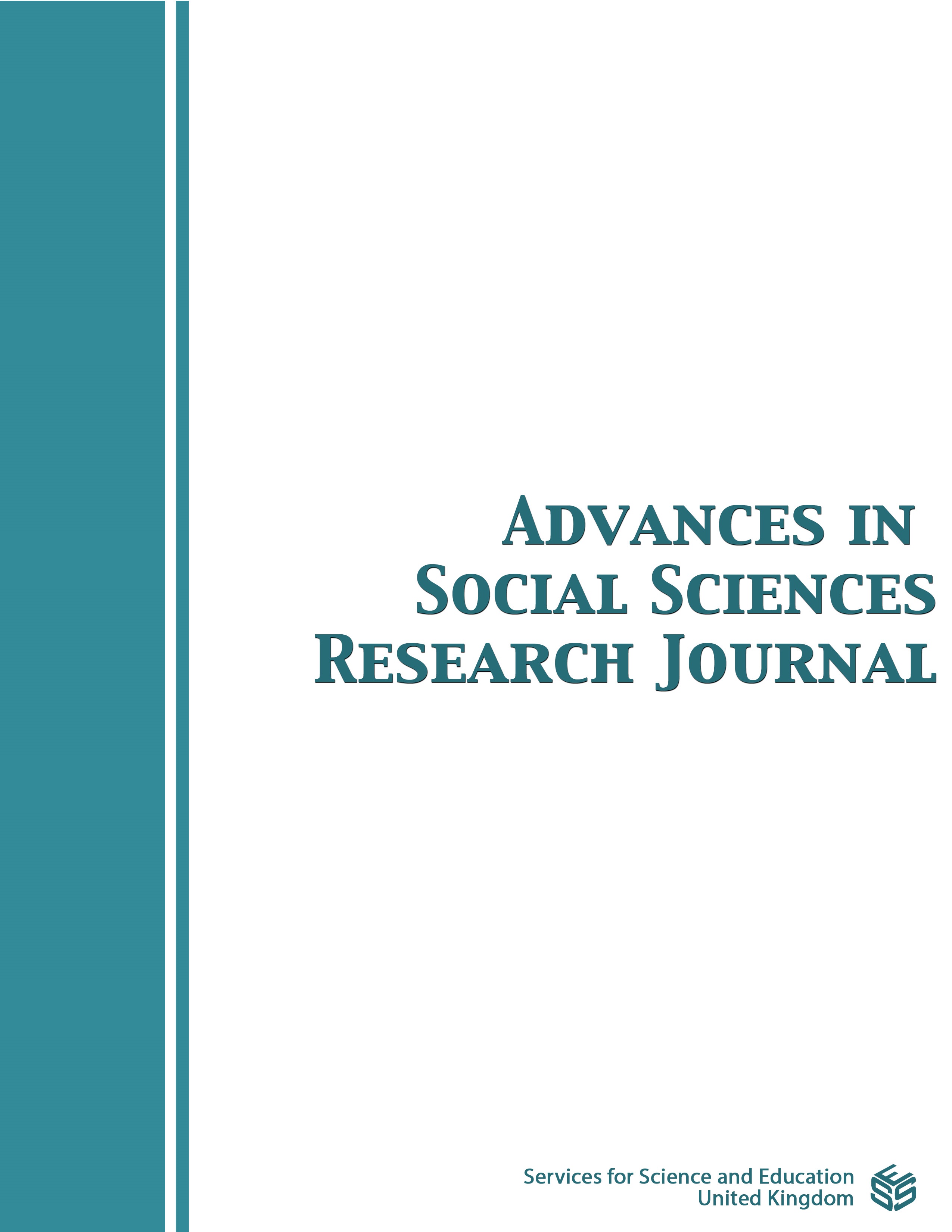Alternance Training Strategies Implementation Project in Professional Technical Secondary Education
DOI:
https://doi.org/10.14738/assrj.112.2.16596Keywords:
Technical Education, Alternance, Business, UniversityAbstract
Vocational technical education is one of the fundamental pillars that governs the educational system, its strengthening is a task assumed by the Ministry of Education through the implementation of the National Vocational Technical Training Policy carried out by practice through the National Strategy for Vocational Technical Training (1). There are multiple challenges involved in carrying out actions to promote and generate instances of participation and decision-making that enable the involvement of all actors. To articulate the educational system and economic development In this sense, professional technical high schools with a specialty in early childhood care assume a strategic and preponderant role in the educational sector, since the young people who study the specialty put into practice what they have learned in classrooms and workshops, allowing them to effectively enter the world of work, access their professional practice and enter higher education. And, in most cases, be an agent of change at the family level to socioeconomically improve the reality of their homes. For this reason, Chile needs to have mid-level nursery care technicians who will allow it to address the challenges of its own development and its growing participation in the preschool care system, with demands of greater added value, dynamic and challenging. In this scenario, alternation training will not only strengthen the specific technical skills of the specialty, but also the capacity for innovation, entrepreneurship, teamwork, and a set of transversal skills that will prepare students to perform in multiple areas of education.
Downloads
Published
How to Cite
Issue
Section
License
Copyright (c) 2024 José Manuel Salum Tomé

This work is licensed under a Creative Commons Attribution 4.0 International License.
Authors wishing to include figures, tables, or text passages that have already been published elsewhere are required to obtain permission from the copyright owner(s) for both the print and online format and to include evidence that such permission has been granted when submitting their papers. Any material received without such evidence will be assumed to originate from the authors.






